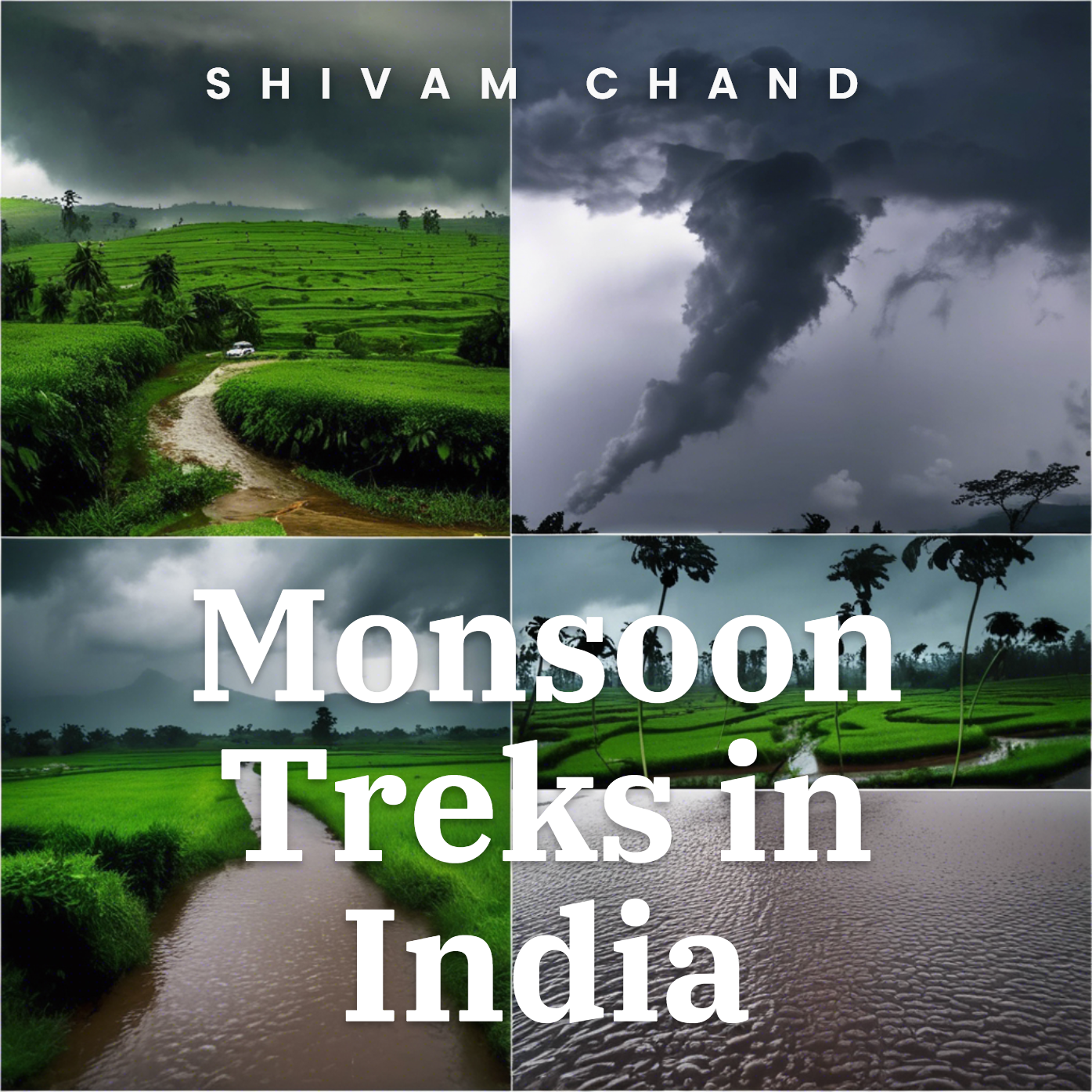
When the skies open up and the landscapes come alive with lush greenery, India transforms into a trekking paradise. Monsoon treks are trending now more than ever, offering a breathtaking escape into mist-covered trails, vibrant flora, and gushing rivers. From the rain-washed mountains of the Himalayas to the low-altitude trails of the Western Ghats, the experience of monsoon trekking unveils nature at its best. If you’ve ever wanted to witness the magical transformation of geographical regions during the peak monsoon months, this guide is your perfect trail companion. Here’s a deep dive into the best monsoon treks across India that redefine adventure, soulfulness, and a fresh trekking experience in India.
Why Trekking in Monsoon is a Worthwhile Experience
Trekking during the monsoon isn’t just about getting drenched; it’s about experiencing nature in its most dramatic and expressive form. The impact of monsoon revives even the most barren corners into blooming sanctuaries. With pleasant temperatures, gushing streams, and unpredictable weather adding a layer of thrill, monsoon treks offer something truly special. Walk through the trails as clouds hover over misty valleys, spot blooming flowers brushing against your boots, and get greeted by waterfalls and rivers in full glory. Even though sudden rain showers and fresh landscapes may alter your plans, they reward you with unmatched scenery and a memorable monsoon trekking experience.
Top 10 Monsoon Treks in India
1. Valley of Flowers, Uttarakhand
Difficulty: Moderate
Trekking Distance: 40 km
Basecamp: Govindghat
Major Highlight: UNESCO site with 600+ flower species in full bloom
Highest Altitude: 14,200 ft
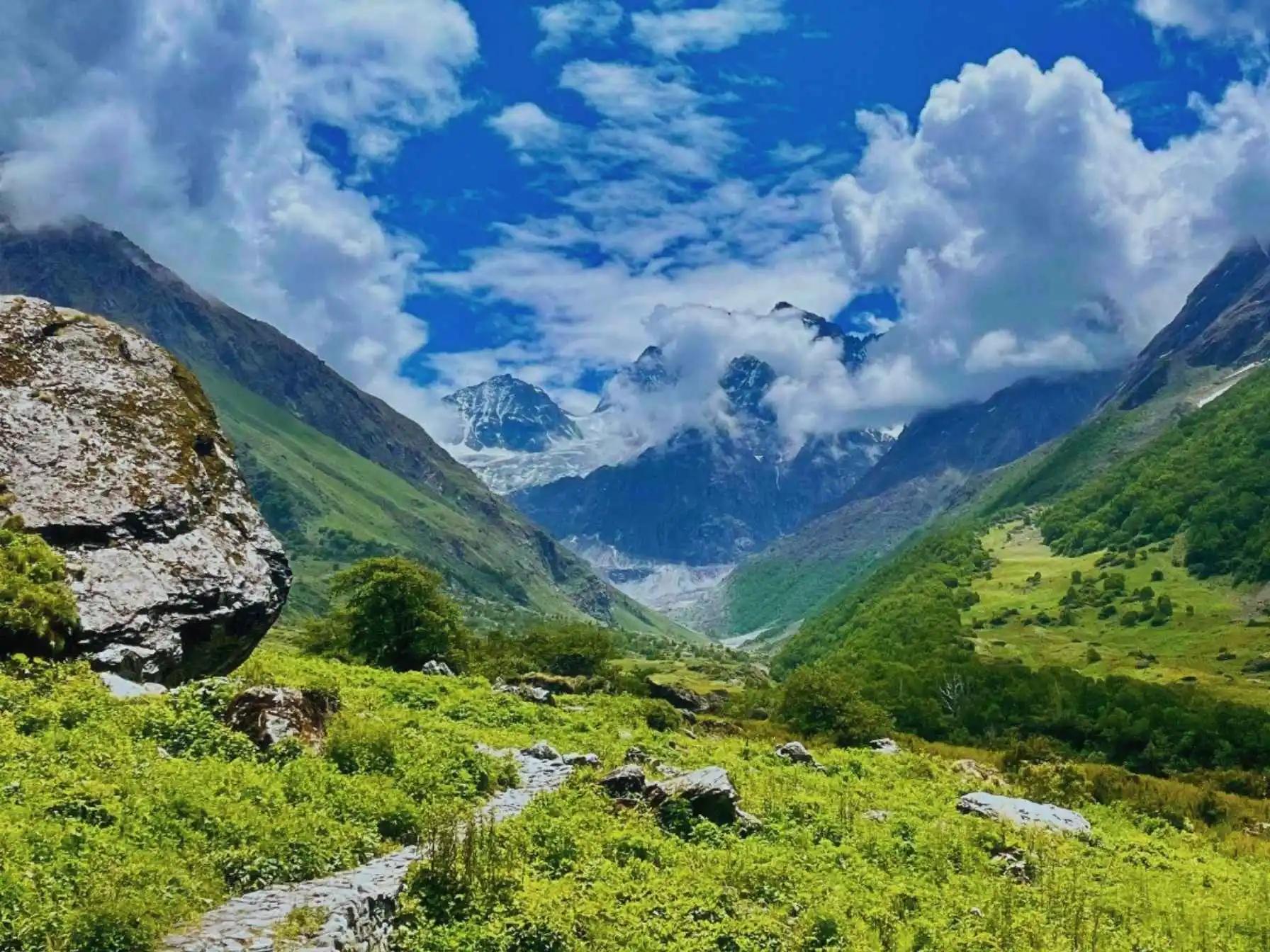
Known for its breathtaking landscapes and vibrant flora, the Valley of Flowers is one of the most iconic monsoon treks in India. During the peak monsoon months, this UNESCO World Heritage site bursts into color with over 600 species of blooming flowers. Trekking in monsoon here means walking through mist-covered trails, fresh meadows, and spotting gushing streams along the way. The experience of monsoon adds a spiritual calm to this heavenly landscape nestled in the Western Himalayas.
If you are beginners and looking for a guided tour package for Valley of Flowers trek, it is essential to pre-arrange your trek with a reputed trekking company.
2. Sahastratal Trek, Uttarakhand
Difficulty: Moderate to Difficult
Trekking Distance: 50 km
Basecamp: Mala (near Uttarkashi)
Major Highlight: Alpine lakes with dramatic cloudscapes
Highest Altitude: 15,000 ft
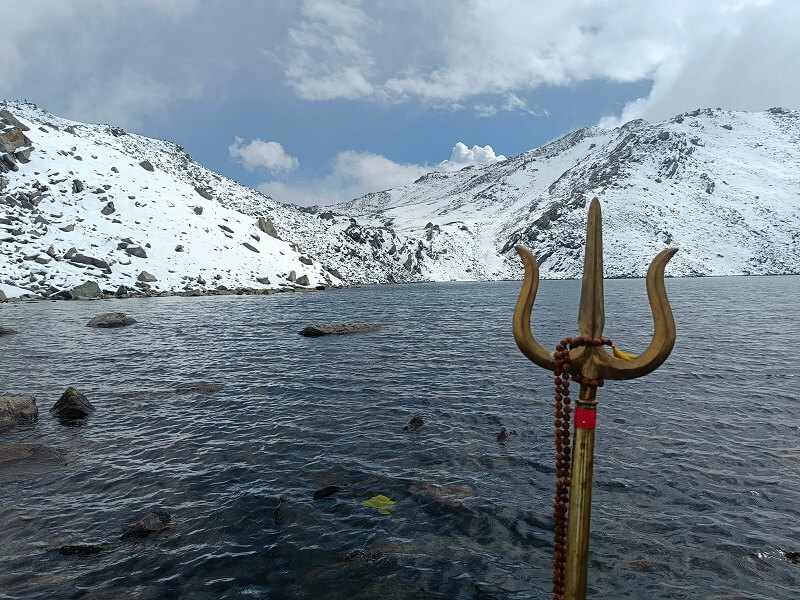
If you're seeking a less crowded Himalayan trek in July and August, the Sahastratal trail delivers an awe-inspiring monsoon trekking experience. The landscape dramatically transforms during monsoon, revealing high-altitude lakes, lush greenery, and rain-washed mountains. Located in a rain shadow area, the trail receives relatively low rainfall, making it accessible yet adventurous. Expect sudden rain showers and misty valleys—perfect ingredients for a monsoon trek that feels like a dream.
3. Dayara Bugyal Trek, Uttarakhand
Difficulty: Easy to Moderate
Trekking Distance: 18 km
Basecamp: Barsu Village
Major Highlight: Vast bugyals with views of Bandarpoonch Range
Highest Altitude: 12,100 ft
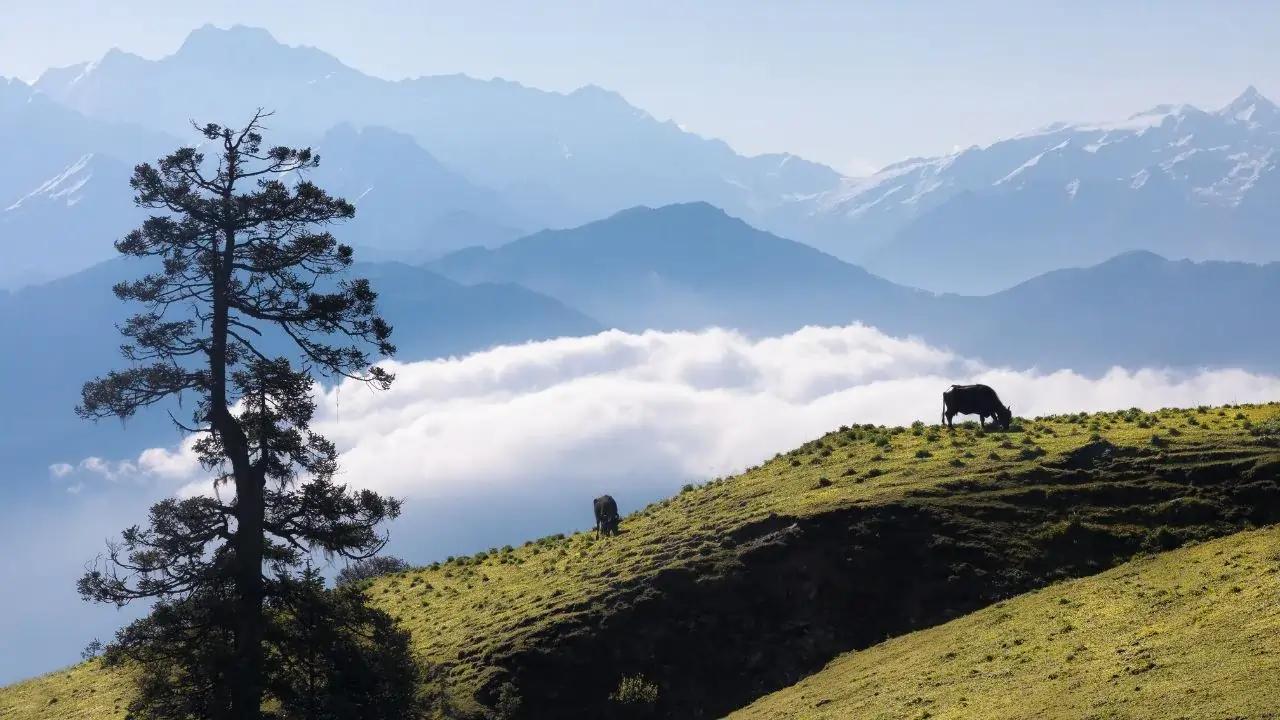
Dayara Bugyal becomes a fairyland during the monsoon months. Vast stretches of lush greenery, gushing rivers, and blooming alpine flowers make it one of the best monsoon treks in the region. The walk through the trails offers panoramic views and unforgettable moments surrounded by nature at its best. With its evergreen beauty and gentle terrain, this trek is perfect for beginners and seasoned trekkers looking for a peaceful escape. Dayara Bugyal trek is an excellent option for families and kid.
4. Hampta Pass Trek, Himachal Pradesh
Difficulty: Moderate
Trekking Distance: 26 km
Basecamp: Jobra
Major Highlight: Transition from green Kullu to barren Lahaul
Highest Altitude: 14,100 ft

Hampta Pass offers the ultimate contrast—lush Kullu Valley on one side and the barren, rain shadow region of Lahaul on the other. Trekking in monsoon here showcases the changing geographical regions and their unique appeal. The trail features gushing rivers, blooming flowers, and misty valleys, creating an epic monsoon trekking experience. It’s one of the few Himalayan treks in July that remains accessible despite the unpredictable weather.
5. Bhrigu Lake Trek, Himachal Pradesh
Difficulty: Moderate
Trekking Distance: 24 km
Basecamp: Gulaba
Major Highlight: Alpine lake with reflections of snow peaks
Highest Altitude: 14,000 ft
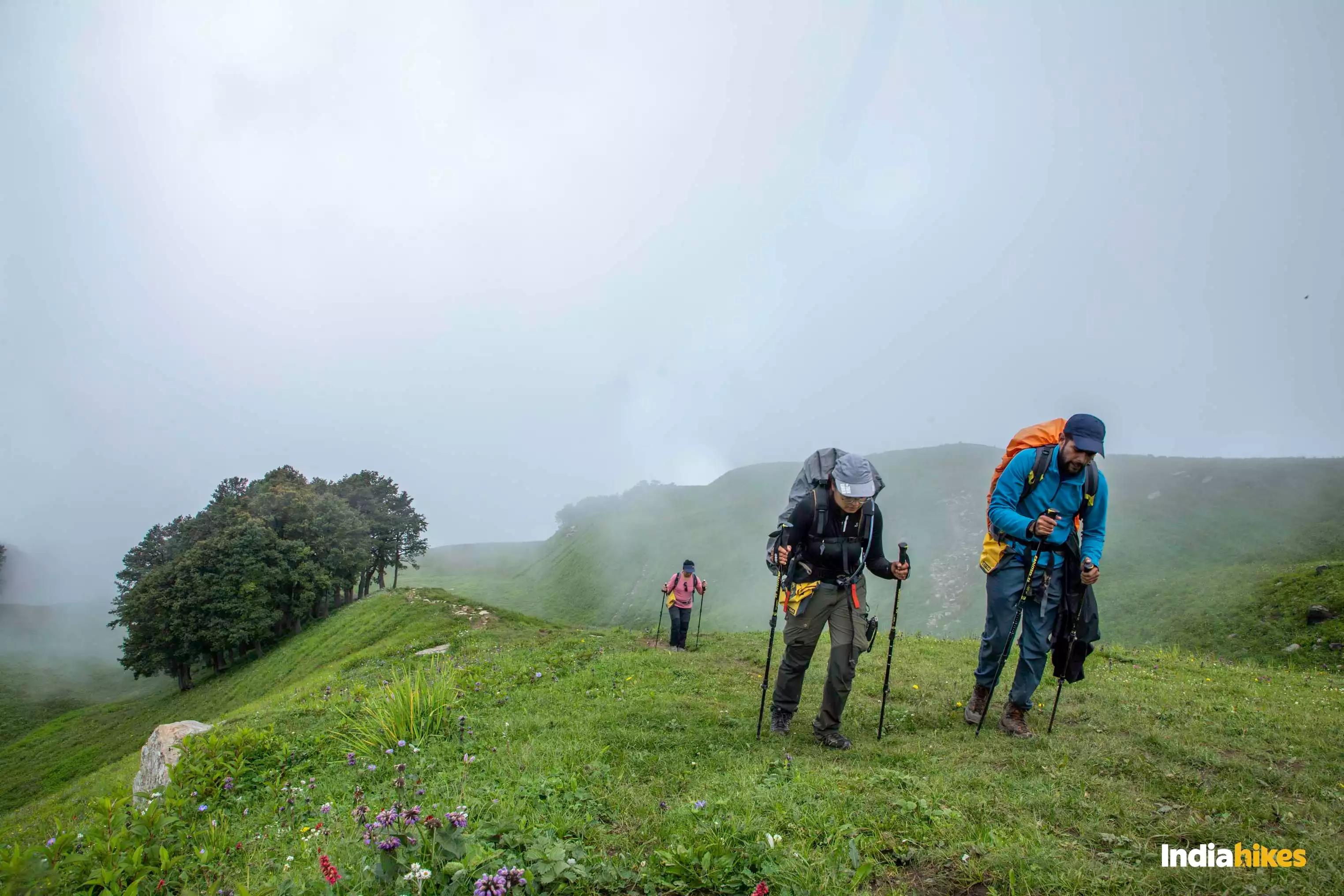
High altitude meets lush meadows on this monsoon favorite. Located near Manali, the Bhrigu Lake trek in the peak monsoon months showcases breathtaking landscapes that shift with every step. Gushing streams, vibrant greenery, and fresh landscapes greet you as you ascend. Despite sudden rain showers, the trek remains one of the most scenic and accessible during the monsoon season.
6. Kudremukh Trek, Karnataka
Difficulty: Moderate
Trekking Distance: 18 km
Basecamp: Mullodi Village
Major Highlight: Rolling green hills and shola forests
Highest Altitude: 6,214 ft
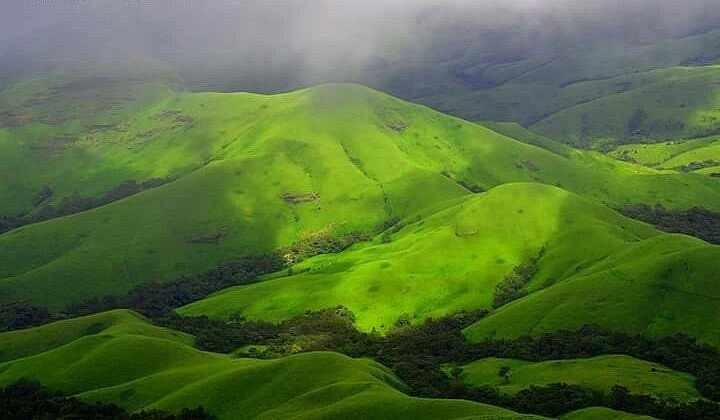
In the Western Ghats, the Kudremukh trek comes alive with lush greenery, gushing rivers, and misty hills during monsoon. This monsoon trek in South India offers a different trekking experience in India—tropical, wild, and refreshingly green. Landscapes come alive with fresh energy, and rain-washed mountains guide your way to one of the most scenic summits in Karnataka.
7. Rajmachi Fort Trek, Maharashtra
Difficulty: Easy
Trekking Distance: 16 km
Basecamp: Lonavala or Karjat
Major Highlight: Ancient fort with cascading waterfalls
Highest Altitude: 2,710 ft
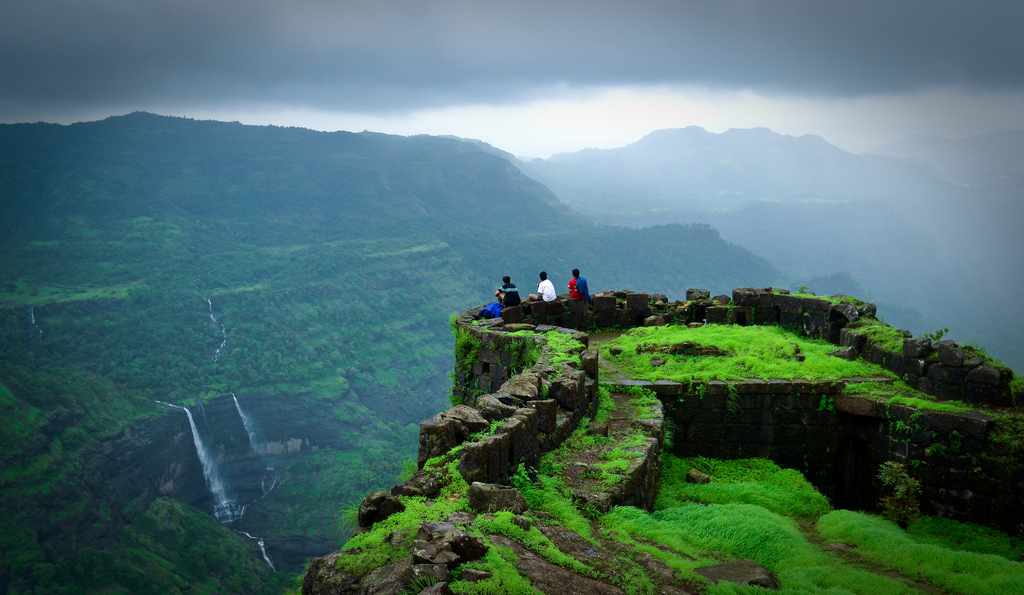
This trek is a classic choice among monsoon treks in Maharashtra. Known for its waterfalls and rivers that spring to life, Rajmachi becomes a haven for trekkers during July and August. Mist-covered trails, blooming flowers, and pleasant temperatures make the journey not just adventurous, but also poetic. Its proximity to Mumbai and Pune makes it easily accessible during peak monsoon months.
8. Dzongri Trek, Sikkim
Difficulty: Moderate to Difficult
Trekking Distance: 50 km
Basecamp: Yuksom
Major Highlight: Panoramic views of Kanchenjunga Range
Highest Altitude: 13,780 ft
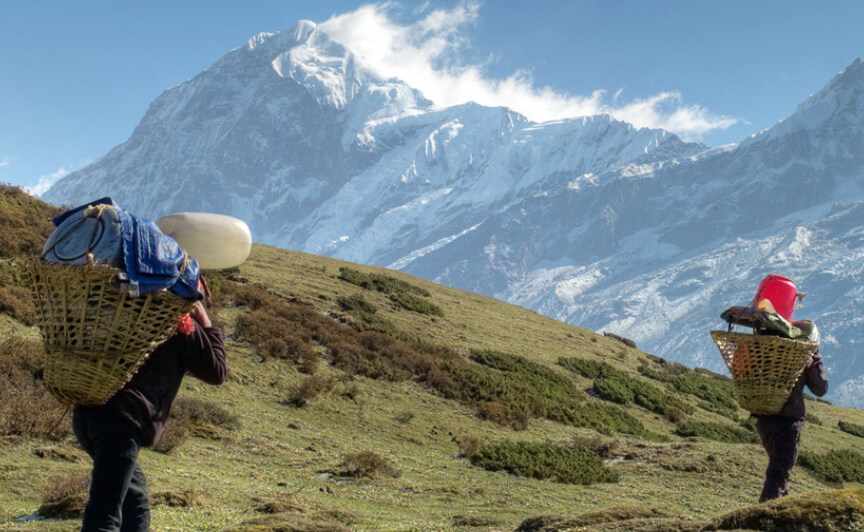
Sikkim’s Dzongri trek is a lesser-known gem when it comes to monsoon treks. The trail takes you through rain-washed mountains, dense rhododendron forests, and misty valleys. Though the region sees unpredictable weather, the fresh landscapes and blooming flowers along the way make it worth every step. The trekking experience in India’s Northeast is uniquely rich and culturally immersive.
9. Tarsar Marsar Trek, Kashmir
Difficulty: Moderate
Trekking Distance: 47 km
Basecamp: Aru Village
Major Highlight: Twin alpine lakes with changing hues
Highest Altitude: 13,201 ft
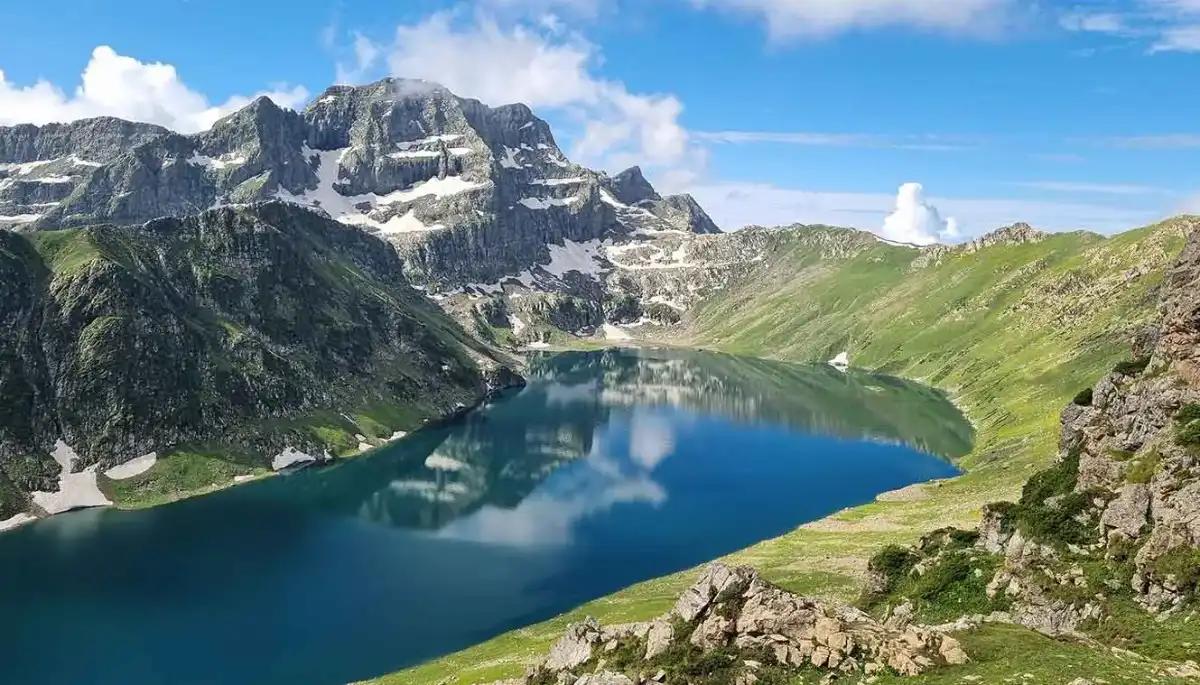
While Kashmir is known for its post-monsoon beauty, the Tarsar Marsar trek during early monsoon offers misty valleys, gushing rivers, and vibrant meadows. This is one of the few Himalayan treks in July that gives you the full impact of monsoon without excessive rainfall. Gushing streams and mirror-like alpine lakes make it a soulful trek with nature at its best.
10. Markha Valley Trek, Ladakh
Difficulty: Moderate to Difficult
Trekking Distance: 65 km
Basecamp: Chilling or Spituk
Major Highlight: Ladakhi culture with dramatic dry valleys
Highest Altitude: 17,060 ft
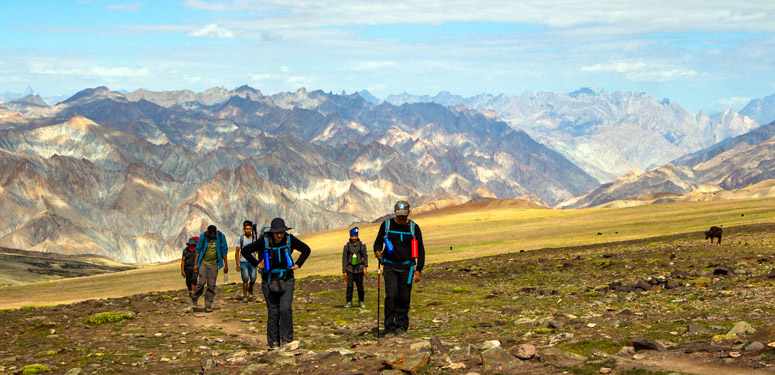
Located in the rain shadow region of Ladakh, the Markha Valley trek is a perfect monsoon trekking experience for those looking to avoid heavy rains. Despite being in a dry region, the impact of monsoon can still be felt in the blooming flowers and pleasant temperatures. Walk through the trails of high desert valleys, gushing streams, and monasteries perched on cliffs for an unforgettable adventure.
Things to Carry in Your Backpack
Waterproof backpack cover and poncho
Quick-dry clothes and moisture-wicking innerwear
Trekking shoes with good grip
Extra pair of socks and gloves
Reusable water bottle or hydration pack
Energy bars, dry fruits, and light snacks
Personal medicines and first aid kit
Power bank and rainproof cover for electronics
Lightweight towel and rain cap
Waterproof tent and sleeping bag (if camping independently)
Dos and Don’ts While Trekking in Monsoon
Dos:
Check the weather forecast regularly.
Start early in the day to avoid afternoon rains.
Wear full-sleeve clothing to avoid leeches.
Carry waterproof layers and dry bags.
Inform someone about your trekking route.
Stick to marked trails to avoid landslides.
Don’ts:
Don’t wear slippery or worn-out shoes.
Avoid camping near riverbanks.
Don’t ignore signs of AMS or fatigue.
Avoid solo trekking in remote areas.
Don’t litter—monsoon ecosystems are fragile.
Conclusion
Monsoon treks offer a magical blend of thrill, beauty, and soulful solitude. Whether it’s the lush greenery of Western Ghats or the rain-shadow valleys of Ladakh, the landscapes come alive in ways you wouldn’t imagine. Trekking in monsoon introduces you to fresh landscapes, gushing rivers, and blooming trails, making every moment a celebration of nature. With proper planning and awareness of unpredictable weather, these treks in monsoon are truly among the best ways to experience India’s geographical regions in their peak glory. So pack your bags, respect the trails, and dive into one of the most enriching trekking experiences in India this rainy season.

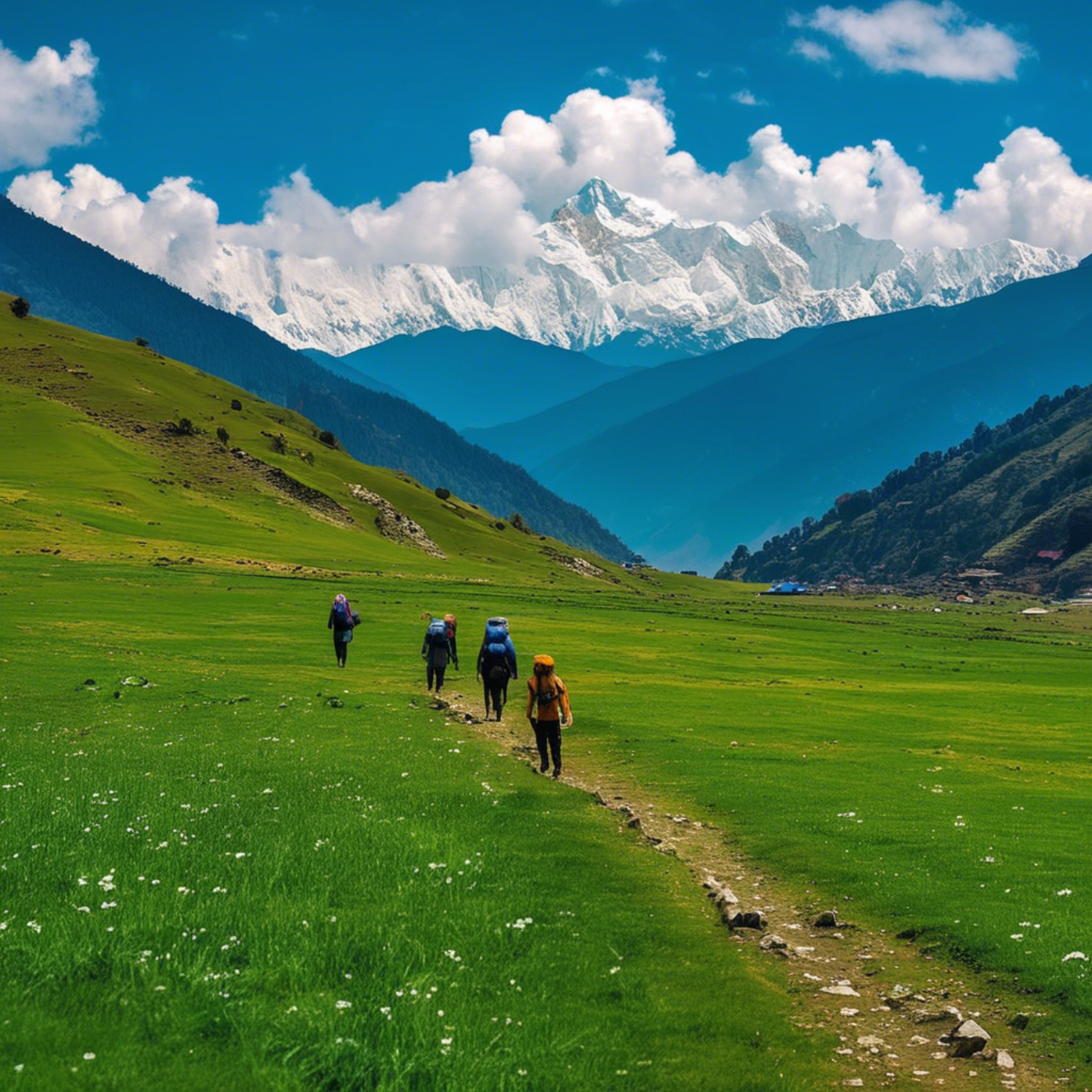
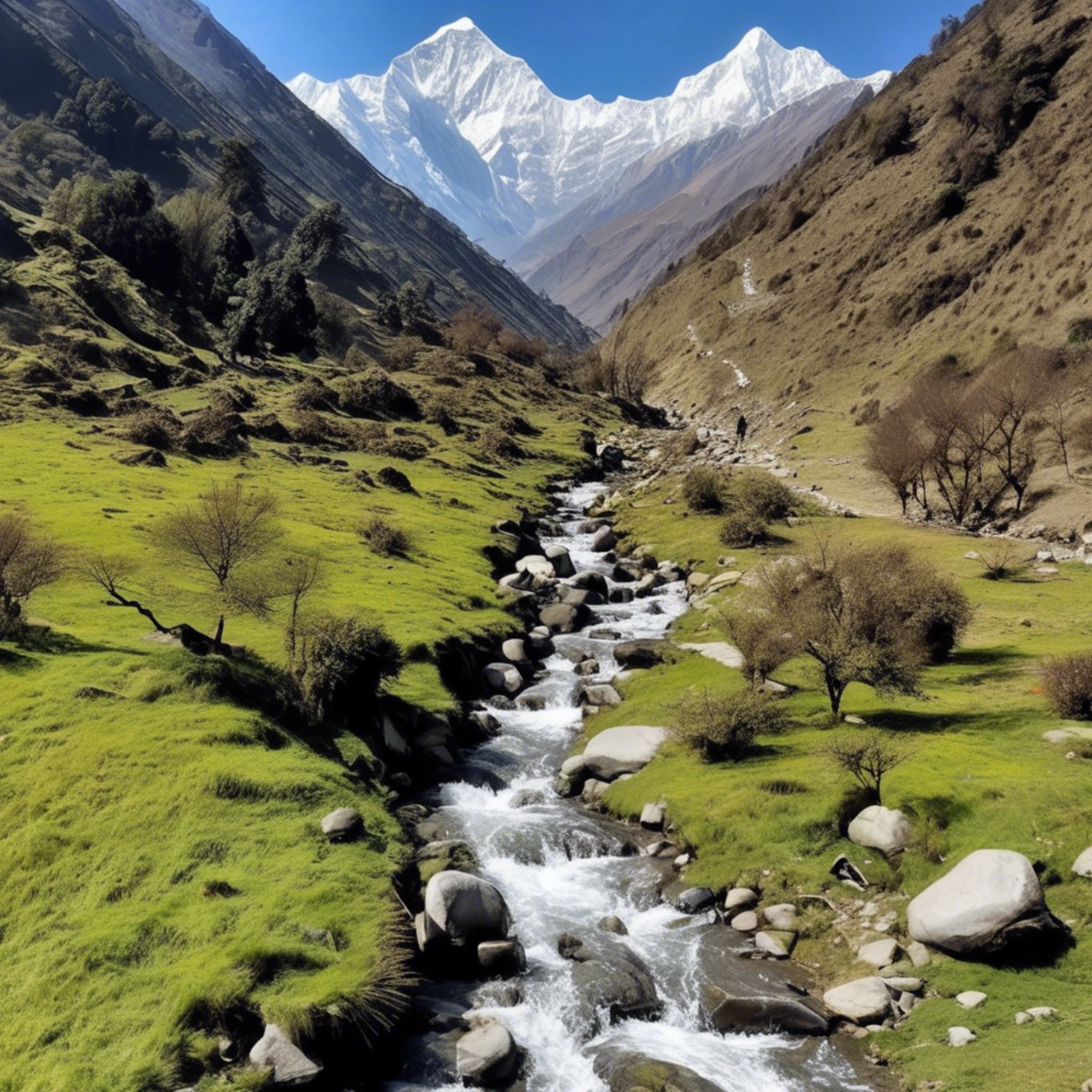

Write a comment ...